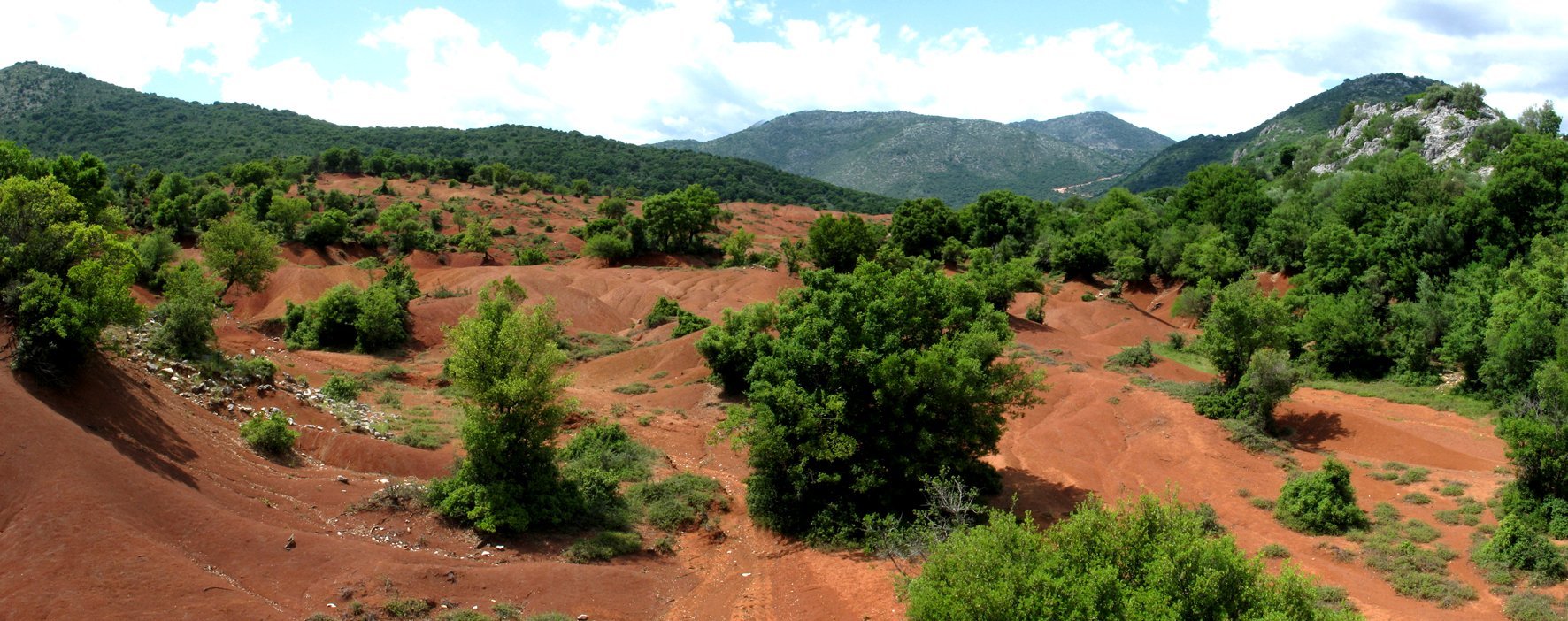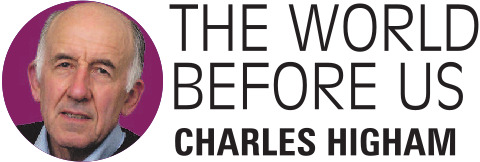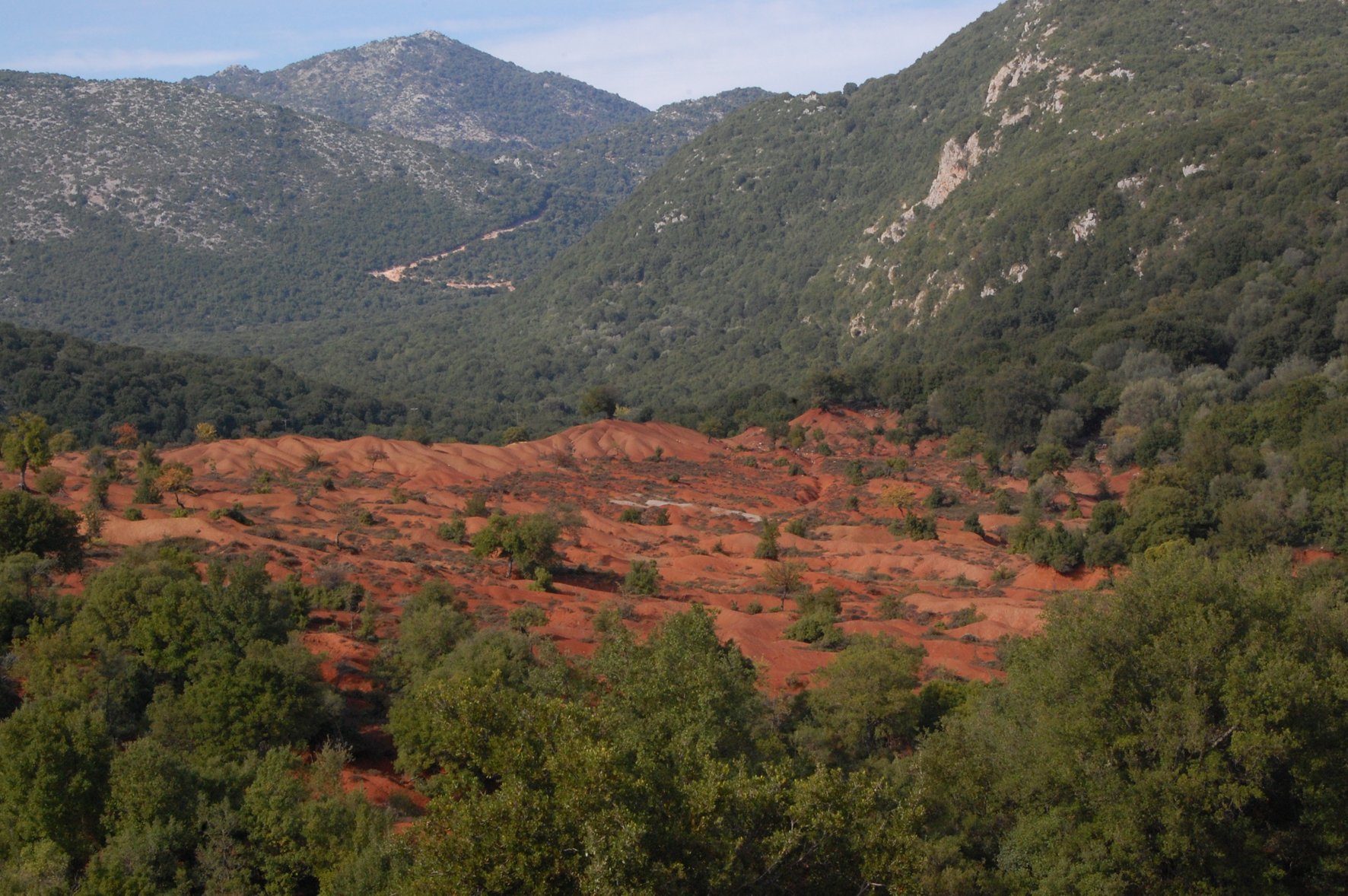We are staying in our Greek whānau’s villa on the shore of the Aegean. It is 36°C and the sound of the cicadas from the olive groves takes me back to a summer long ago when we first realised that discovery in archaeology is one of the most exciting experiences around. The scene is May 1962 and my PhD supervisor, Eric Higgs, asked me and two of my friends, Rhys and David, to join him on an expedition to Greece. Our objective: to track down the first Neanderthal site in Greece, and for that matter much of the Balkans too. We three sat in the back of his land rover and after three days on the road, we reached Greece and roamed Epirus looking for likely caves. We found nothing, and one morning Eric declared "we will drive south to Arta" and off we set.
Half way to Arta, we were stopped by a red traffic light due to road repairs. We always sat in the back of the Land Rover, and David asked one of the road workers in Greek "are there any caves round here?" "Yes, yes", he said, "over there", pointing to a steep rise beside the road. "Eric, there are some caves round here, shall we have a look" said David. Eric’s reply "Oh, all right, it is about lunchtime". So Rhys and David were sent over the slope in one direction, and I in the other, with instructions to return in half an hour.
I climbed up and turned to the left, and came back empty handed. Eric and I waited and before long, the others turned a corner and came towards us. Rhys had his sun hat upturned in his hands and wore a seraphic smile. The hat was brimming with white flaked stone artefacts. Eric looked down. I can still see his expressionless face as he picked up and examined them, one by one: they were made by Neanderthals over 50,000 years ago. Bingo. "We will stop here" is all Eric said. Lunch forgotten, we all scrambled up the slope and turned right, to encounter deep ravines into a bright red soil, eroded by the rains after the goats had cleared the vegetation. Metres down, at the base of these gullies, more tools were poking out of the soil. It was like Christmas; we had done it. Imagine had the traffic light been green.





